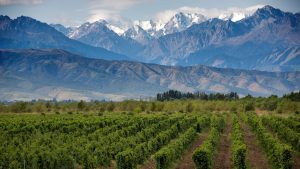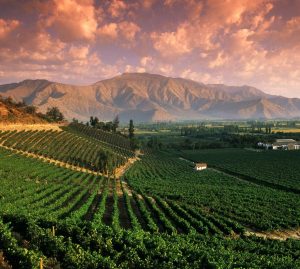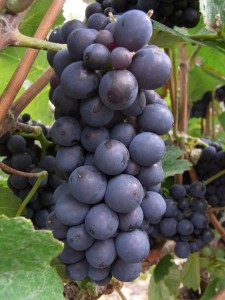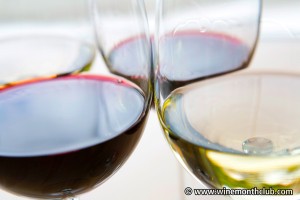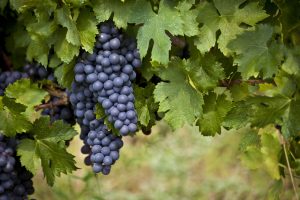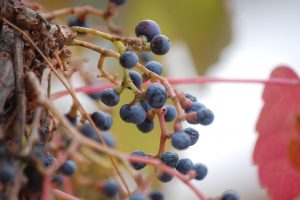Zinfandel has been dubbed “America’s own grape” despite, or perhaps on account of, its obscure heritage and its immigrant status. Like the vast majority of Americans, Zinfandel’s ancestry and roots hail from lands far away. Zinfandel’s DNA points to Eastern Europe and the Primitivo grape variety whose origins lay in Croatia and more recently Italy, which may in part account for its popularity among the Italian immigrant population that began flocking to America’s shores, both east and west, in the late 19th and early 20th centuries. Finding favor in California among a welcoming immigrant tide in search of a grape capable of producing wine with both a body and a soul in a climate conducive to its production should come as no surprise.
In many ways, Zinfandel mirrors the American immigrant experience. It arrived in America in the hull of a ship, without any assurance of survival or the ability to adapt to its New World environment. To survive, it had to be resilient, adapt, and re-invent itself countless times. It also had to be practical, productive, and perform a useful function. Zinfandel is one of the few grape varieties that comes closest to being all things to all people. However, in recent years Americans seem to have forgotten their roots, turning to Cabernet Sauvignon as their red wine of choice despite the outstanding quality, variety, and value that Zinfandel offers.
Versatility remains Zinfandel’s greatest attribute. Zinfandel can take on the role of chameleon, equally capable of becoming a light pink quaffable wine such as White Zinfandel, or a deep, dark intense potion of incredible proportion, or something altogether different in the refined style of classic claret. And, not only is California Zinfandel quite different from Primitivo and its Croatian and Italian forebears, each California viticultural area produces a distinctly different style of Zinfandel.
In Dry Creek Valley and along the banks of Sonoma County’s Russian River, Zinfandel relishes the cooling Pacific breezes that funnel up the appellation’s canyons and valleys, resulting in a wide variety of exciting, yet, stylistically different, wines. Meanwhile, Amador County and Lodi also lay claim to America’s quintessential varietal. Lodi, in particular, is known for its distinctive style of Zinfandel, producing wines with deep rich colors, intense berry, bramble, and herb flavors, high alcohol, and lush tannins. These are wines that fill the mouth and satisfy all of the senses, yet there is still more to Zinfandel than plenty of fruit, strength, and vigor.
One of Zinfandel’s other keys to success is its extraordinary lifespan, enabling it to produce quality fruit well into old age. In fact, the oldest Zinfandel vineyards (many in California are in excess of 100 years of age) are the most prized.
As an immigrant to our shores, Zinfandel embodies the American experience and what has been dubbed the American dream. It has survived and prospered. It is a grape that has transformed itself over the last century and a half and honed its own unique identity, an identity that is continually evolving and infinitely open to interpretation. In the eyes of its many admirers, Zinfandel has become a bigger, better, more complex grape since its arrival in America with “a can-do attitude” and an identity all of its own. In 2023, why not take a tour of America and discover America’s own grape. There is more to fine American wine than Cabernet Sauvignon. Enjoy!


